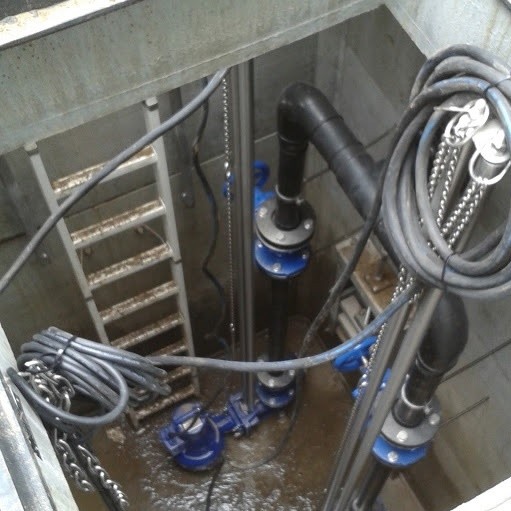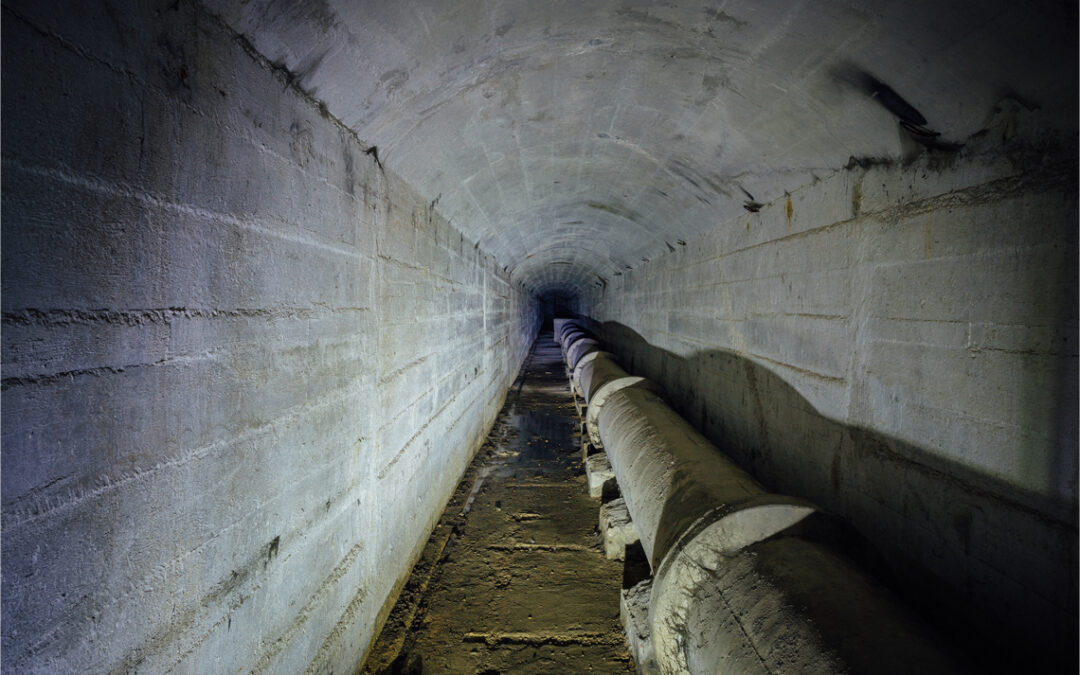Water supply and wastewater disposal vary according to local conditions. In Belgian buildings, many cellars are situated deeper than the sewage system. Wastewater disposal here must therefore be regulated by pumps.
The Belgian company Pumptech provides home owners and caretakers with powerful industrial pumps, through which water circulation within the buildings is partly regulated. This is essential in various regions of Belgium, because the cellars in the buildings there are often located beneath the sewage system.
Since this wastewater cannot flow directly into the sewage system, however, it is temporarily stored inside tanks. Rainwater is also often collected in these buildings and then used for sanitary facilities. The rainwater hitting the roof is fed into underground tanks where it remains available for further use. As wastewater, it finally flows into the separate wastewater tanks, from where it is then pumped into the sewage system.
Whether in these wastewater or rainwater tanks, monitoring of the levels is essential for a regulated operation of the pumps. For this purpose, Pumptech has been using ATM.ECO/N submersible probes for 15 years now. Originally, level monitoring was performed here by float switches. As it turned out over time, this was an unsatisfactory solution – especially in regards the wastewater tanks. The big disadvantage of float switches in comparison to immersion probes is that they quickly become dirty due to impurities floating on the water surface and will then no longer work properly. This can have far-reaching consequences, since the pumps themselves are controlled by measurement of the filling level. Usually there are two to three pumps inside the tanks. When a predetermined level is exceeded, the first pump starts operation, with the second pump cutting in at the next fixed level. Alarms can also be triggered should certain limits be reached

Submersible probes, which are usually installed at the bottom of the tank, are not particularly susceptible to waterborne contamination. Once Pumptech had tested various suppliers, their choice eventually fell on the analogue level probe ATM.ECO/N from STS, since these best met their requirements when compared to competitors in regards their required long-term stability. Since then, these pump controls have been working away without incident.

The ATM.ECO/N immersion probes boast a fully sealed membrane made of high-quality stainless steel. A moisture filter on the pressure connection cable also prevents water or other contaminants from entering its measuring cell. A further advantage is the far better reaction time when compared to the previous float switch solution, which now allows users to see immediately what is happening inside the tanks.
You can find the data sheet for the ATM.ECO/N level probe here.
